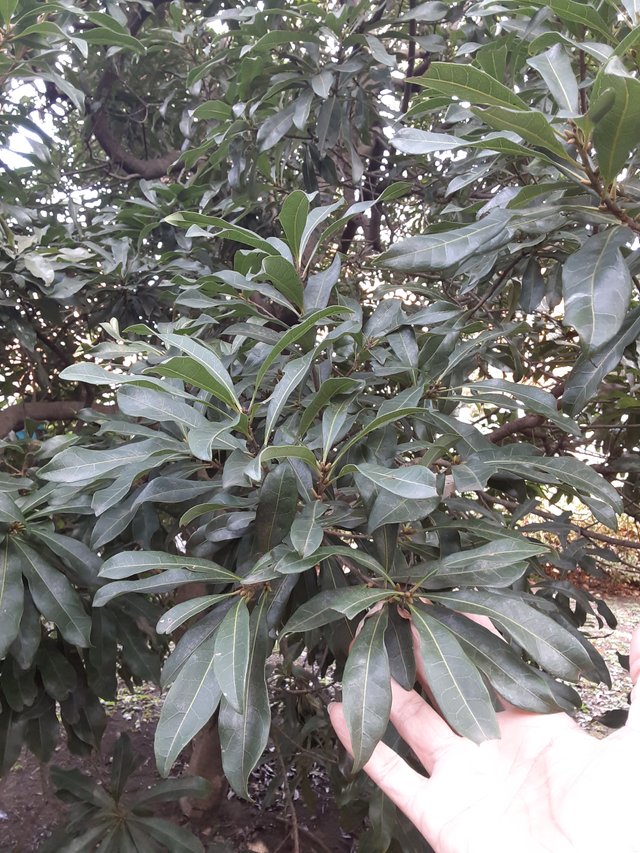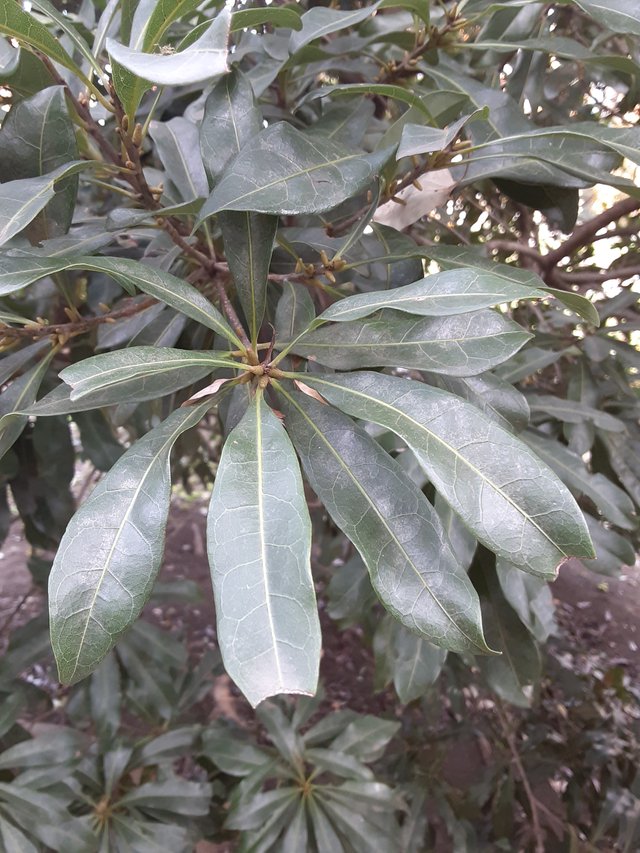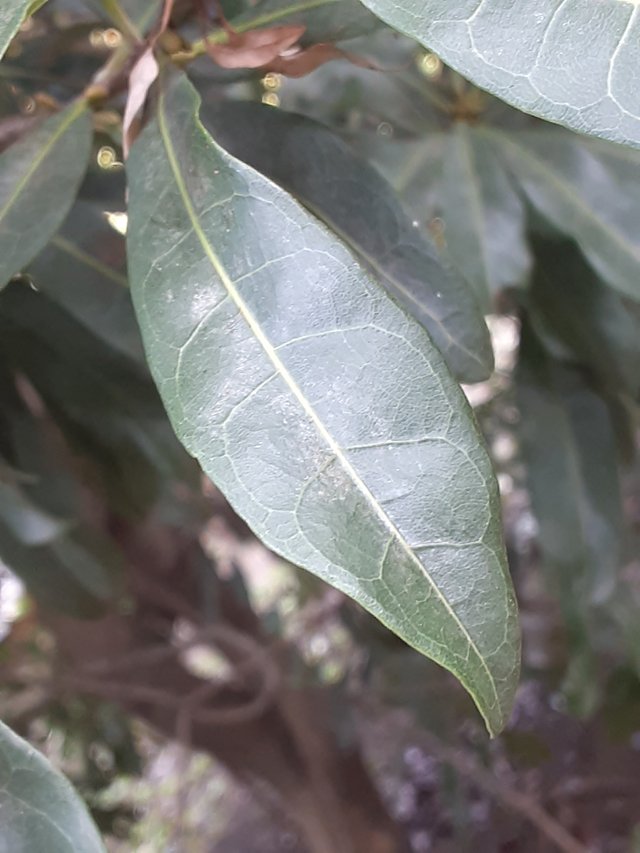
Myrica rubra, also known as Chinese bayberry, is a fascinating evergreen tree native to East Asia, particularly China, Japan, and Korea. This tree is highly valued for its edible fruit, which has a unique tart flavor and is often used in traditional Chinese medicine.
Key Characteristics
- Leaves: The leaves of Myrica rubra are one of its most distinctive features. They are simple, leathery, and alternate on the branches. The leaf blades are typically elliptic-obovate or narrowly elliptic-obovate in shape, with a wedge-shaped base and a rounded or pointed tip. The margins of the leaves are either entire or serrated in the upper half. The upper surface of the leaves is a glossy dark green, while the underside is pale green and often dotted with golden glands.
- Fruit: The fruit of the Chinese bayberry is a small, round drupe that ripens to a deep red or purple color. It has a waxy coating and a unique, tart flavor that is often described as a cross between a cranberry and a raspberry. The fruit is rich in vitamin C, antioxidants, and other beneficial compounds.
- Other Features: Myrica rubra is a dioecious plant, meaning that male and female flowers are borne on separate trees. The tree typically grows to a height of 10-20 meters and has a rounded crown. It prefers moist, well-drained soils and is often found in coastal areas and along riverbanks.

Uses
- Edible Fruit: The fruit of Myrica rubra is a popular ingredient in East Asian cuisine. It is often used to make jams, jellies, sauces, and wine. It can also be eaten fresh or dried.
- Traditional Medicine: The fruit, leaves, and bark of Myrica rubra have been used in traditional Chinese medicine for centuries. They are believed to have various health benefits, including anti-inflammatory, antioxidant, and anti-cancer properties.
- Ornamental Plant: Due to its attractive foliage and edible fruit, Myrica rubra is sometimes cultivated as an ornamental plant in gardens and parks.

In conclusion, Myrica rubra is a valuable and versatile plant with a rich history of use in East Asia. Its unique leaves, edible fruit, and medicinal properties make it a fascinating subject for further study and exploration.
Ref.:
 |  |
Upvoted! Thank you for supporting witness @jswit.
Downvoting a post can decrease pending rewards and make it less visible. Common reasons:
Submit